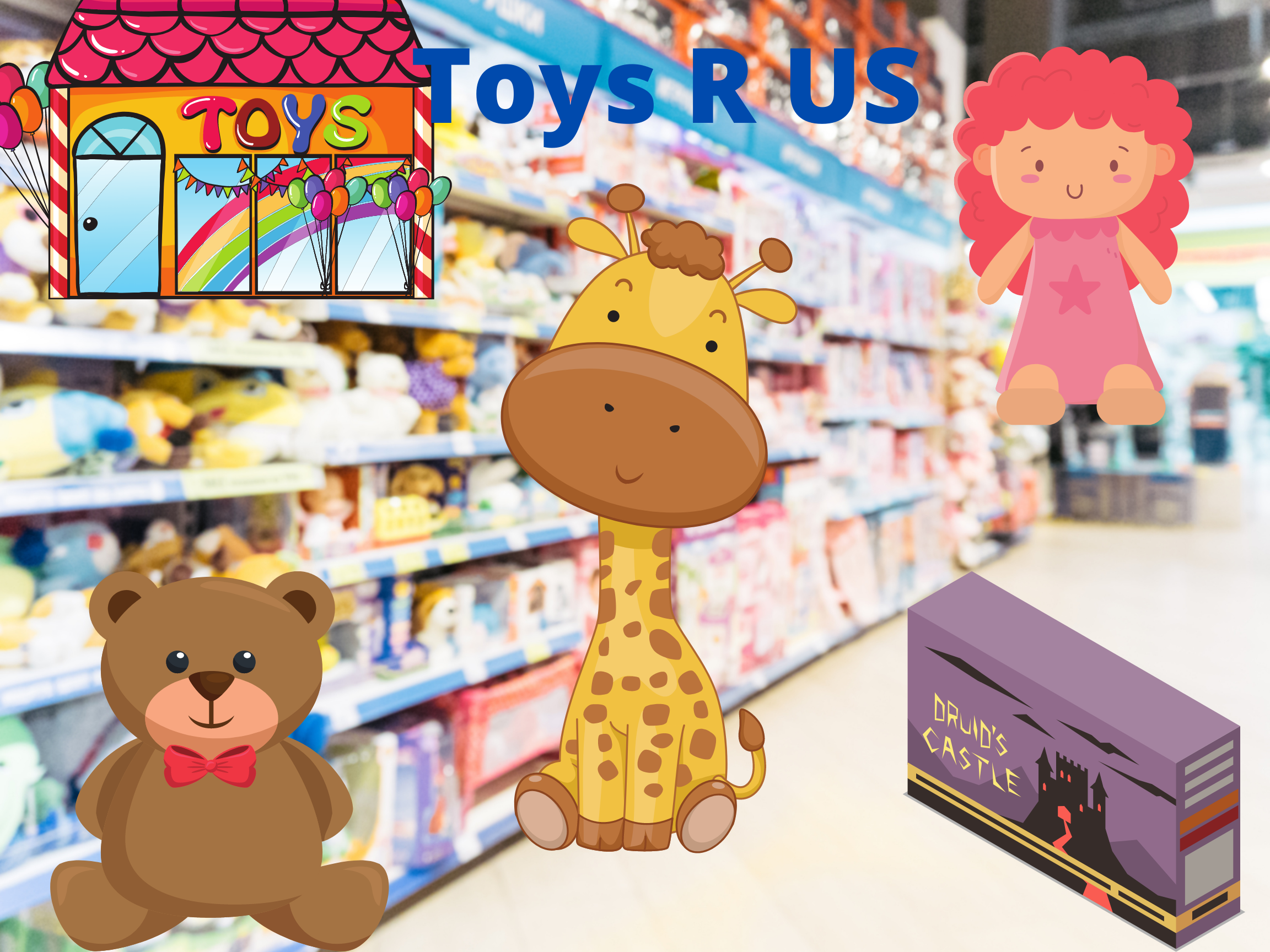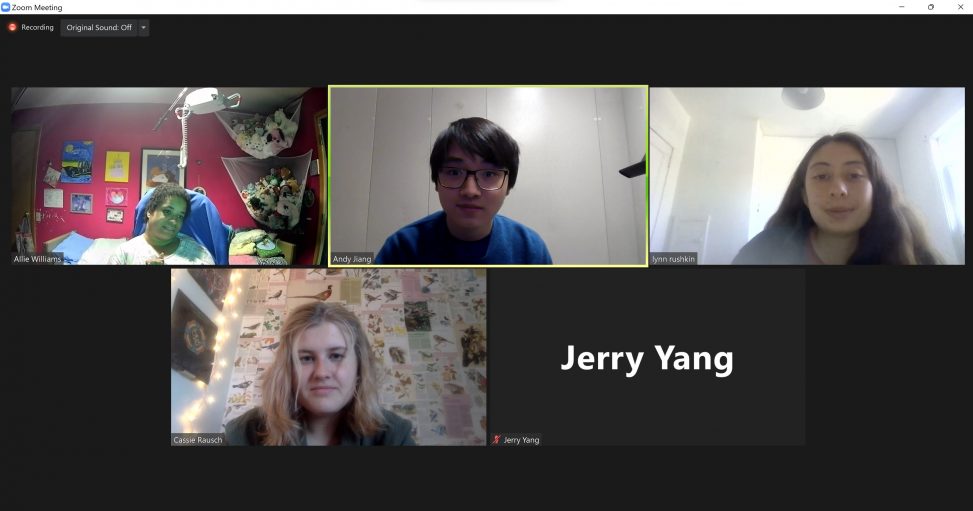Introduction
Our goal with the project is to create a personally tailored device that makes one aspect of our client’s life better. To better meet this goal, we first needed to know more about the life of our client, Allie. Because of the inconveniences of travel for Allie, we decided to meet online for the interview on Monday, March 21st.
Agenda
We decided to follow a loose schedule for the interview as topics can pivot depending on the conversation. The schedule goes as follows:
Icebreaker (5-6 min)
- Introduce ourselves and talk about one of our hobbies
- Ask Allie about her hobbies
- What drew her to participate/volunteer for this project
- Also, ask Allie if we can record the meeting
Explaining the project (5 min)
- We are trying to build a helpful divide, but we are not professionals. We will try our best, but the final product might not work.
- Give a quick timeline overview of the process; April 6th Prototype Crit; May 2nd Final Crit
- Ask Allie if she has any general questions regarding the project.
Discussing potential ideas (35 min)
- Ask Allie to draw or describe her daily routine
- Allie might have some ideas on what she wants to see built, might leave some time for that
- Then ask her about which tasks she enjoys doing, dislikes doing, or finds challenging to do; something she enjoyed doing and had to give up because of inconveniences
- Ask her to elaborate on the challenging tasks and start coming up with potential ideas as a group
- Mockup solutions with materials at hand or have a whiteboard on zoom so everyone can draw on it
Wrap Up and Conclusion
- Thank Allie for her time
- Final documentation
- Reiterate schedule if needed
Summary + Takeaways
We started the meeting by talking about our hobbies as an icebreaker. We learned that Allie is a very creative and social person. She said that she likes designing posters on the computer, painting, shopping, and going out to eat. When we asked about her daily routine, she told us that she spends most of her day on the computer, designing with canva and taking skillshare classes. As we got deeper into the conversation, Allie told us that she relies a lot on her helper to assist with day-to-day tasks, and she had some ideas for assistive devices that could give her more independence. She said that a grabber that could pick up objects that she drops off her bed at night could be useful, or an automatic wallet or cash box that could hand out the right amount of money to a cashier and receive the change in return when she goes shopping.

Brainstorming ideas with Allie: Automatic money dispenser for shopping and self-correcting spoon to reduce spilling food
We also chatted about the different sources of inspiration for Allie’s posters. She told us that she creates posters for anything from stores to movies to her favorite foods. In a follow-up email, she showed us some of the posters she has made. Allie seems to draw a lot of her artistic inspiration from the world around her, so we also started to brainstorm ideas for devices that could challenge her to create posters related to different topics or objects.


Babe movie poster (top) and Toys R US store poster (bottom) designed by Allie
Post-Meeting / Team Thoughts
We all enjoyed being able to connect and chat with Allie! Going into the interview, we believed that Allie would have a variety of issues to tackle due to the extent of her disability. However, some of the problems she presented were past our experience level. We quickly realized that it would be tough for us to create devices to retrieve dropped items, pick specific items out of cabinets, or allow her to use a spoon without spilling. It was disheartening to tell her that we may not be capable of solving those types of problems, but Allie was so positive and friendly that it made it easy to work with her.
After the meeting, we had plenty of ideas to work on, but once we started breaking down these ideas, they all seemed fairly difficult. A money box that could pay for items and receive change seemed like the best idea in terms of practicality and usefulness to Allie. However, we realized it could be difficult to make the money dispenser consistently work. We also came up with an idea to create an animated Tamagotchi-like game that would give her new ideas for poster designs. We thought this device could be cute and fun for Allie, but this didn’t include very many physical computing components. Finally, we brainstormed a design for a self-correcting spoon. This concept was interesting and useful for Allie’s day-to-day life, but the mechanics would be difficult to achieve on a small scale. We decided to focus on the money box idea moving forward as it seemed to be the most feasible and could be simplified if need be.
Overall, we all agreed that the interview with Allie went smoothly. We followed our agenda for the most part, but we also didn’t force ourselves to stick to a rigid schedule so that we had room to let the conversation flow naturally. This helped us come up with more ideas and get to know Allie better as a person. If we were to do anything again, we would have asked Allie about some of the other hobbies she mentioned during the icebreaker that we didn’t have time to discuss in-depth. This information could have given us even more ideas for assistive devices to consider.
